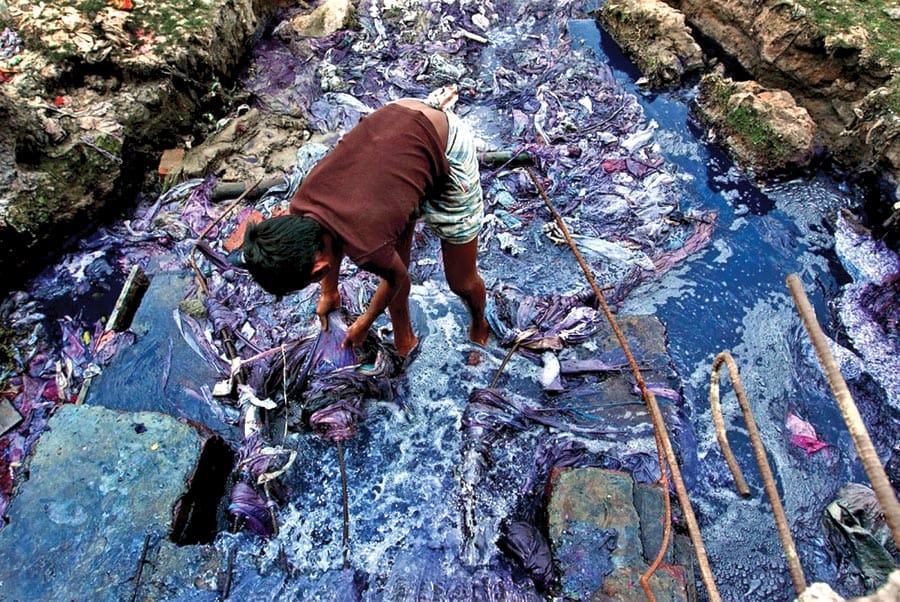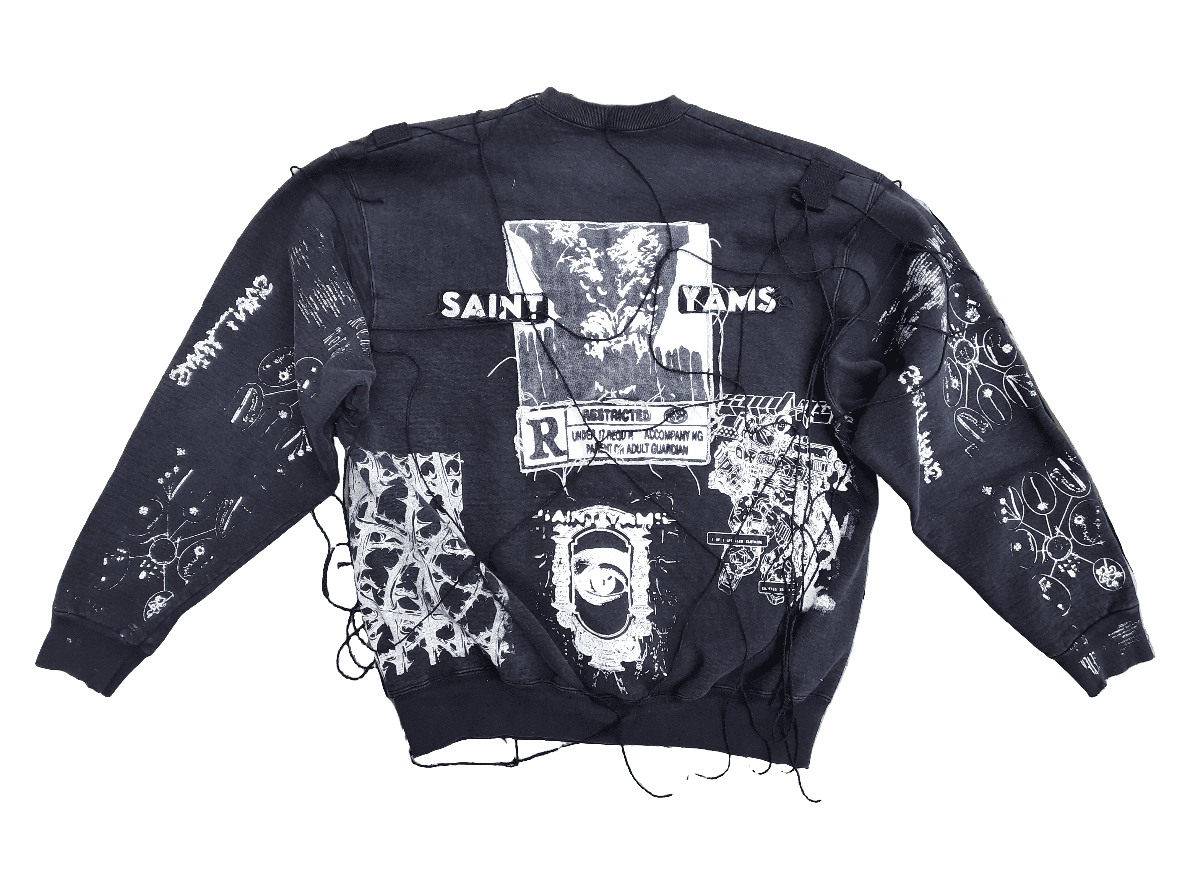In today’s throwaway culture, where affordability and trends often overshadow the environmental and social consequences, the fast fashion industry stands as a prime example of the hidden costs we pay for cheap clothing from companies like Zara, H&M and SHEIN. Coined by The New York Times in the 1990s, “fast fashion” describes the rapid production and delivery of clothing from design to stores. Yet, as we navigate through this culture of excess, it is crucial to recognize the impacts that echo far beyond overflowing landfills.
In this article, we’re going to look at some of the ways that fast fashion affects our world and how you can do your part to support the contrary “slow fashion” movement.
The Environmental Toll: A Cycle of Waste
Fast fashion’s environmental impact is vast, with waste occurring at every stage of production. The industry’s relentless pursuit of low costs and quick trends contributes to overflowing landfills, excessive water use, chemical run-off, carbon emissions, and the proliferation of microplastics.
Water Use and Chemical Run-off: A Global Crisis

The fashion industry ranks as Earth’s second-largest water consumer, utilizing 93 billion cubic meters annually. The United Nations Environment Programme highlights the severe impact of wastewater and chemical run-off from textile factories, which contaminate water sources and surrounding soil. Dhaka, the world’s second-largest garment manufacturing hub, serves as a stark example of a city grappling with climate vulnerability due to fast fashion’s impact.
Carbon Emissions: Surpassing Aviation and Shipping
Responsible for 8-10% of global emissions, the fashion industry’s reliance on energy-intensive processes, particularly in the production of synthetic fibers, contributes to climate-altering carbon emissions. The global supply chain’s reliance on long-distance transportation adds further strain on the environment.
Microplastics: Synthetic Fibers in the Ocean

Synthetic, non-biodegradable fibers like nylon and polyester are pervasive in fast fashion. A study reveals that 35% of all microplastics in the ocean result from washing synthetic textiles. This poses threats to marine ecosystems, aquatic life, and human health.
Landfilling: A Destructive Cycle
Fast fashion’s affordability and rapid trend turnover create a buy-throw-away cycle, leading to enormous textile waste. Synthetic materials, constituting a significant portion of garments, contribute to almost 87% of total fiber input ending up in landfills. The industry’s lack of recycling and premature disposal costs a staggering $500 billion annually.
Ethical Considerations: Labor Exploitation and Human Rights

Beyond environmental concerns, fast fashion raises ethical questions regarding labor practices, human rights, and social impacts. Exploitation of cheap labor, child labor, unsafe working conditions, and exposure to toxic chemicals are rampant issues, perpetuating a cycle of injustice.
Brand Offenders: Examining Shein and Others
SHEIN, a Chinese-based retail giant, epitomizes the environmental and human health impacts of fast fashion. With a valuation of $66 billion, it emits 6.3 billion kilograms of carbon dioxide annually. Shein’s use of plastic, synthetic fibers, and toxic dyes raises environmental and ethical concerns. Other notable offenders include Zara, H&M, Forever 21, Uniqlo, Mango, and ASOS.
Greenwashing: Deceptive Practices in Sustainability Claims

As the fashion industry responds to growing eco-consciousness, greenwashing becomes prevalent. Some brands make false or inaccurate claims to attract environmentally conscious consumers. Consumers must scrutinize vague claims, misleading imagery, token sustainable products, lack of transparency, and unsupported certifications to distinguish genuine sustainability efforts from deceptive practices.
Sustainable Alternatives: Curbing Consumption Without Sacrificing Values
Balancing affordability and sustainability need not be a sacrifice. Consumers can make intentional choices:
1. Buy Less, Choose Quality: Invest in high-quality, versatile clothing for longevity.
2. Shop Second-hand and Thrift: Extend the life of existing clothing and contribute to a circular economy. Or shop with Custom WearHouse, a marketplace for one-of-a-kind, sustainably made clothing from independent artists.
3. Host Clothing Swaps: Refresh your wardrobe sustainably by swapping items with others.
4. Repair and Upcycle: Learn basic sewing to repair damaged clothing or transform old items into new creations.
5. Take Care of Your Clothes: Proper care extends the lifespan of garments, reducing waste.
6. Build a Capsule Wardrobe: Opt for versatile, durable items that can be mixed and matched.
7. Rent or Borrow: For special occasions, opt for rentals or borrow from friends and family.
8. Embrace Slow Fashion: Support retailers aligned with environmental and social justice values.
By adopting these strategies, consumers can align their fashion choices with their values, contributing to a more sustainable and ethical future. Recognizing the true cost of fast fashion allows individuals to make informed decisions and become advocates for positive change.











